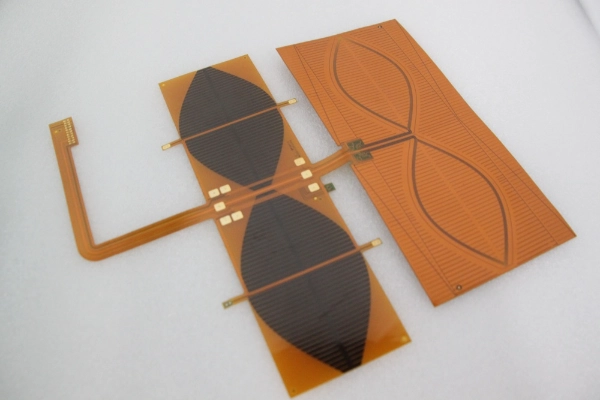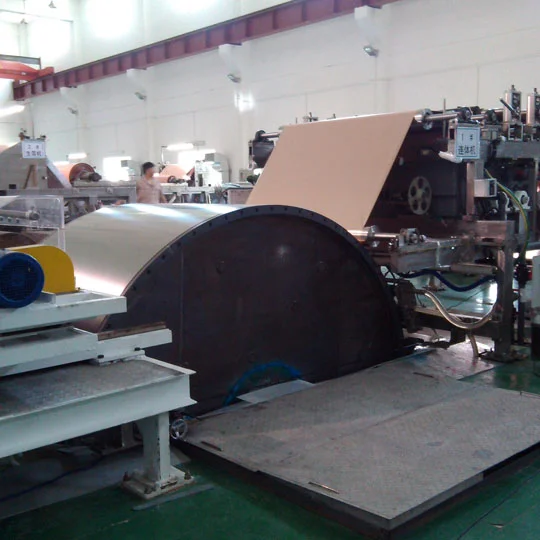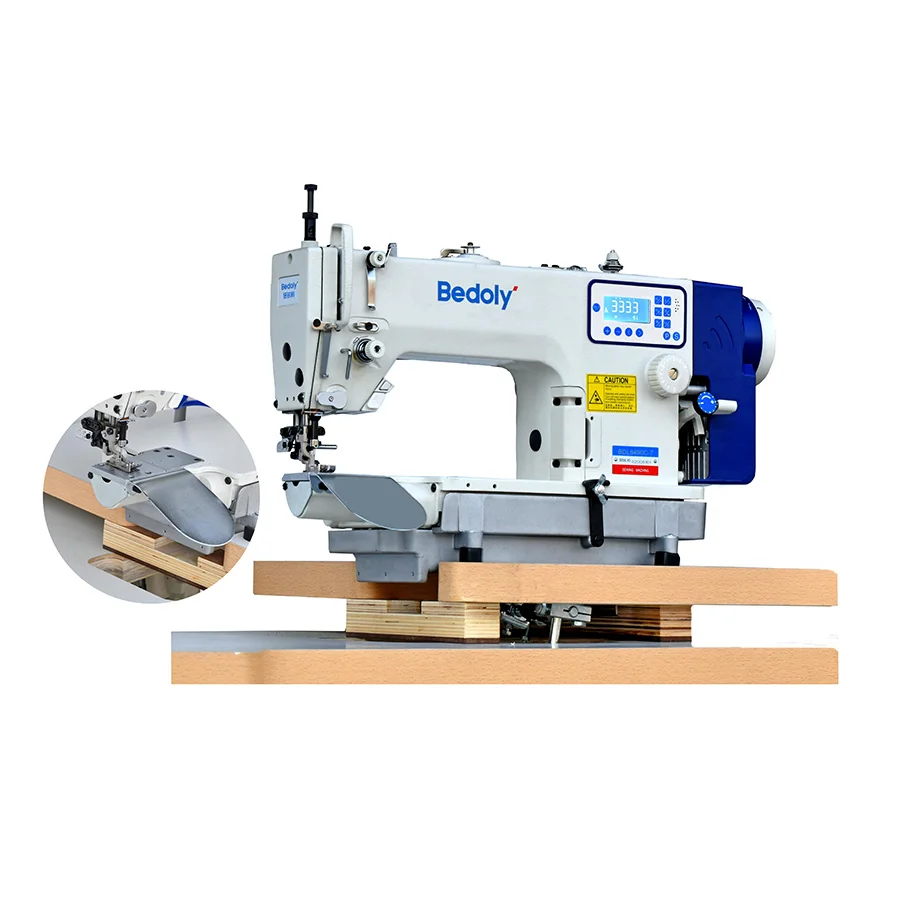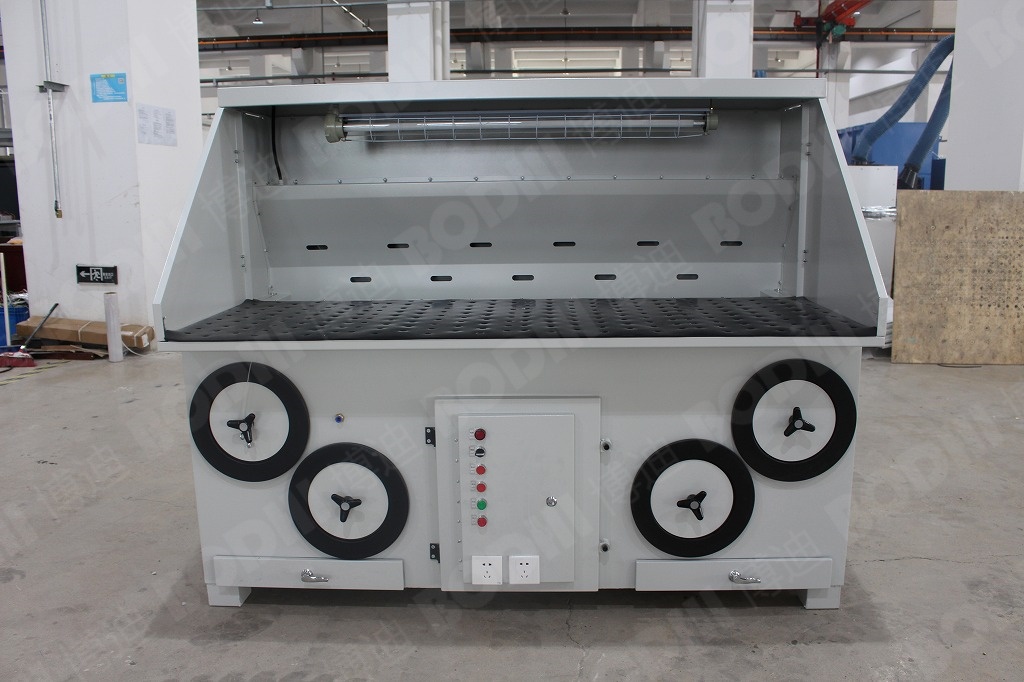Mastering the Art of Troubleshooting: A Comprehensive Guide to Resolving Electronic Problems
In today's technology-driven world, electronic devices are integral to both personal and professional life. From smartphones to complex industrial machinery, the reliance on electronics is ubiquitous. However, when these devices malfunction, it can lead to frustration and downtime. Understanding how to troubleshoot electronic problems effectively is a valuable skill that can save time, money, and resources. This article delves into a systematic approach to troubleshooting electronic issues, providing practical insights and advanced techniques for both novices and seasoned professionals.
Understanding the Basics of Troubleshooting
Before diving into the troubleshooting process, it is essential to grasp the fundamental principles of electronics. At its core, troubleshooting involves identifying the root cause of a problem and implementing a solution. This process can be broken down into several key steps:
- Observation: Begin by closely observing the device. Note any unusual behavior, error messages, or physical signs of damage. This initial assessment can provide crucial clues about the underlying issue.
- Documentation: Keep a detailed record of the symptoms and any previous attempts to fix the problem. This documentation will be invaluable as you progress through the troubleshooting process.
- Isolation: Determine whether the issue is localized to a specific component or if it affects the entire system. Isolating the problem can help narrow down potential causes.
Step-by-Step Troubleshooting Process
Step 1: Define the Problem
Clearly articulate the problem you are facing. Ask yourself questions such as:
- What is the device supposed to do?
- What is it doing instead?
- When did the problem first occur?
Defining the problem accurately is crucial for effective troubleshooting.
Step 2: Gather Tools and Resources
Equip yourself with the necessary tools for troubleshooting. Common tools include:
- Multimeter: For measuring voltage, current, and resistance.
- Oscilloscope: For visualizing electrical signals.
- Soldering iron: For repairing circuit connections.
- Diagnostic software: For analyzing system performance.
Additionally, consult technical manuals, online forums, and manufacturer resources for guidance specific to the device in question.
Step 3: Conduct Preliminary Tests
Perform basic tests to assess the functionality of the device. This may include:
- Checking power supply connections.
- Testing fuses and circuit breakers.
- Verifying component integrity with a multimeter.
These preliminary tests can often reveal simple issues that can be resolved quickly.
Step 4: Analyze Circuit Diagrams
For more complex devices, analyzing circuit diagrams can provide insight into the device's operation. Understanding the schematic allows you to trace the flow of electricity and identify potential failure points. Look for:
- Short circuits
- Open circuits
- Component failures
Step 5: Implement Solutions
Once you have identified the problem, it’s time to implement a solution. This may involve:
- Replacing faulty components
- Repairing damaged connections
- Updating firmware or software
Always ensure that you follow safety protocols when working with electronic devices, particularly those involving high voltage or sensitive components.
Advanced Troubleshooting Techniques
For persistent issues that resist standard troubleshooting methods, consider employing advanced techniques:
- Signal Tracing: Use an oscilloscope to trace signals through the circuit. This method allows you to visualize where the signal is lost or distorted.
- Thermal Imaging: Utilize thermal cameras to detect overheating components, which can indicate underlying issues such as short circuits or excessive current draw.
- Logic Analyzers: For digital circuits, a logic analyzer can help you monitor and analyze digital signals, providing insights into timing issues or data corruption.
Conclusion: The Importance of Methodical Troubleshooting
Troubleshooting electronic problems is both an art and a science. By following a structured approach, you can systematically identify and resolve issues, minimizing downtime and maximizing efficiency. Whether you are a hobbyist repairing a personal device or a professional technician maintaining industrial equipment, mastering the troubleshooting process is essential.




